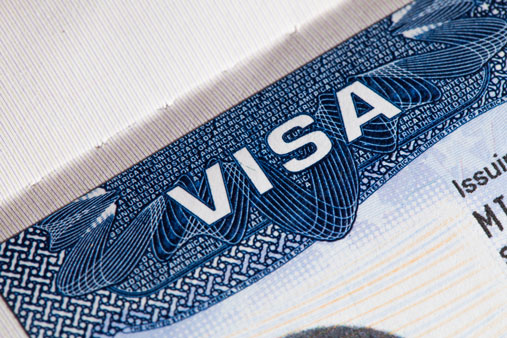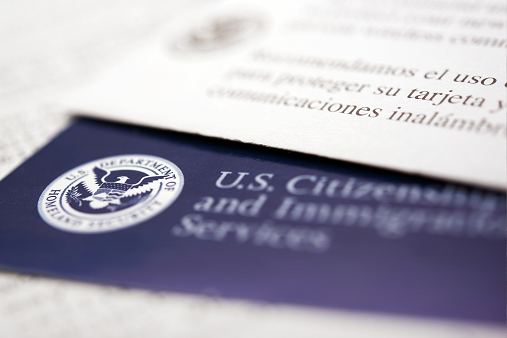The pandemic and resulting economic uncertainty last year generally yielded positive results for companies in their labor agreement negotiations, but 2021 seems to be headed in a different direction. There are a number of factors in play.
Many unions find themselves in a position of power now. Unlike last year, when the economy tanked shortly after lockdown orders took hold, this year the economy has rebounded significantly. While employers in 2020 could credibly cite the murky economic forecast as a basis to secure lower-than-anticipated wage and benefit increases, that isn’t true so far in 2021. Meanwhile, labor shortages are crunching employers nationwide in virtually every industry. Staffing challenges have given rise to immense wage increases and other economic incentives for workers to join or stay at companies. Unions know this and want a piece of the action.
In short, the current landscape has turned the tables and put unions in a position to push for significantly more than what they got during collective bargaining last year.
The labor shortage also seems to have emboldened unions to threaten strikes – and follow through with them – knowing that most employers don’t have the wherewithal to endure a work stoppage in the current labor market. As the Washington Post noted in a recent report: “All told, there have been strikes against 178 employers this year, according to a tracker by Cornell University’s School of Industrial and Labor Relations. The Bureau of Labor Statistics, which records only large work stoppages, has documented 12 strikes involving 1,000 or more workers so far this year. That’s considerably higher than 2020, when the pandemic took hold, but in line with significant strike activity recorded in 2019 and 2018.” As we enter the fourth quarter, more labor unrest could be on the way.
Union wage gains at the bargaining table have also outpaced last year. According to Bloomberg’s union wage settlement data, first-year pay raises negotiated in union contracts averaged 2.9 percent over the first three quarters of 2020. That was roughly the same as the 3 percent raises recorded during the same period in 2019. But for the same time period in 2021, first-year pay raises are averaging 3.8 percent. The gains are even more pronounced when excluding public sector and construction employers, with raises averaging 4.8 percent compared to 3.1 percent one year ago.
Based on all of these developments, companies should consider developing their bargaining strategy early by identifying critical objectives and putting contingency plans in place to counter any potential work stoppage. Waiting until the last minute could give unions even more leverage than they seem to have right now.













